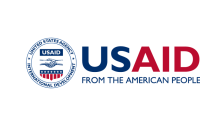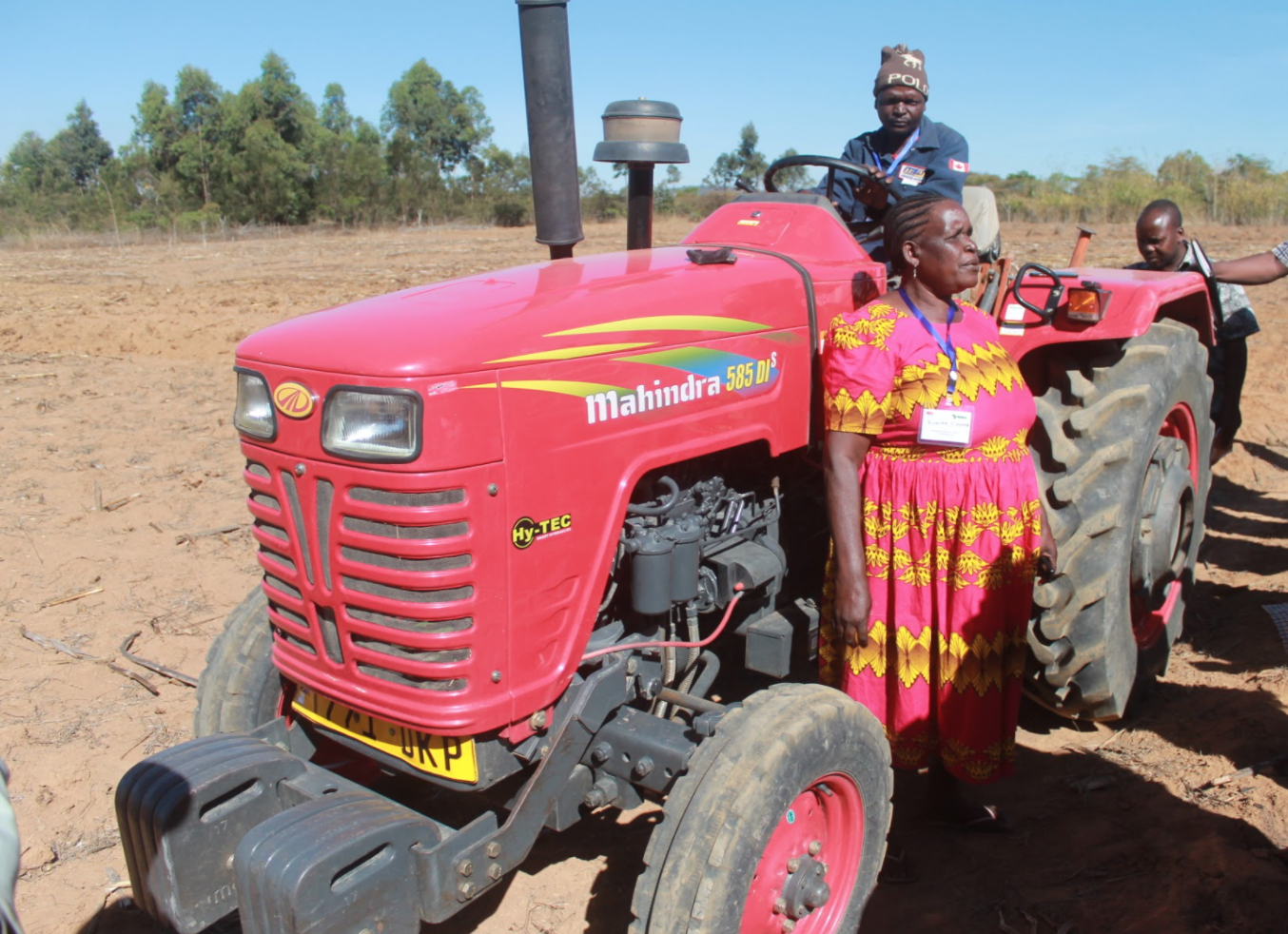Tanzania’s Dairy Revolution: A Catalyst for Nutrition, Education, and Economic Progress
By Kilimokwanza.org Team
The Ministry of Livestock and Fisheries reports a significant uptick in milk production, from 2.2 billion liters in the 2020/21 budget to over 3.6 billion liters in the 2022/23 fiscal year. This surge reflects the transformative momentum propelling Tanzania’s dairy industry toward newfound heights.
In the vast expanses of Tanzania, a profound transformation is unfolding—a transformation propelled by the humble cow and the nourishing milk it yields. With remarkable production levels and pioneering initiatives aimed at bolstering nutrition and education, Tanzania’s dairy resurgence signals a pivotal moment in the nation’s journey toward progress and prosperity.
According to Professor Daniel Mushi, Deputy Permanent Secretary of the Ministry of Livestock and Fisheries, this surge in milk production is a testament to the collaborative efforts of President Dr. Samia Suluhu Hassan’s government. It exemplifies the dedication of government agencies, private enterprises, and grassroots organizations to unleash the full potential of the dairy industry.
At the forefront of this dairy-led revolution stands the Tanzania Dairy Board (TDB), a beacon of innovation and sustainability within the sector. Through strategic interventions like introducing crossbreed dairy cows and enhancing livestock ecotypes, the TDB has reshaped Tanzania’s dairy landscape, laying the foundation for a more resilient and productive industry.
Beyond economic gains, Tanzania’s dairy resurgence holds profound implications for nutrition and education. Recognizing the intrinsic link between these domains, stakeholders have rallied behind the School Milk Feeding Program (SMFP). Designed to address nutritional deficiencies among school children, the SMFP aims to provide nutritious milk to students across 500 schools, with plans for expansion in the years ahead.
Driven by organizations like UNICEF and supported by a coalition of government bodies, educational institutions, and development banks, the SMFP embodies a holistic approach to addressing the multifaceted challenges facing Tanzania’s youth. Patrick Codjia, Head of Nutrition at UNICEF, underscores the program’s transformative potential, emphasizing its role in enhancing cognitive development and academic performance among students.
With an estimated budget of 15 billion Tanzanian Shillings over five years, the SMFP reflects Tanzania’s commitment to nurturing its human capital and laying the foundation for a healthier, more prosperous future. By investing in the nutritional needs of its youth, Tanzania aims not only to safeguard the well-being of its citizens but also to unlock their full potential as future leaders and innovators.
As the SMFP gains momentum, stakeholders remain optimistic about its long-term impact on Tanzania’s socio-economic landscape. Beyond addressing immediate nutritional needs, the program has the potential to stimulate economic growth, create employment opportunities, and foster social cohesion within communities across the country.
Moreover, the success of the SMFP underscores the power of collaborative, cross-sectoral partnerships. By harnessing the collective expertise and resources of government agencies, non-profit organizations, and the private sector, Tanzania has demonstrated its capacity to drive meaningful change and sustainable development.
As Tanzania seeks to take the industry to new level, it is worth nothing that The SAGCOT Dairy Value Chain Partnership in the Ihemi Cluster has proven to be a successful model, demonstrating significant impact on productivity, sustainability, and improving the livelihoods of smallholder farmers. This approach should be replicated in other regions to harness similar benefits across Tanzania and potentially beyond, showcasing the SAGCOT approach as a beacon for agricultural and economic development.
Looking ahead, Tanzania’s dairy-led revolution holds immense promise for the nation’s future. As milk production continues to surge and nutrition initiatives gain traction, the stage is set for a brighter, more prosperous tomorrow—one in which every Tanzanian child has the opportunity to thrive and succeed.


